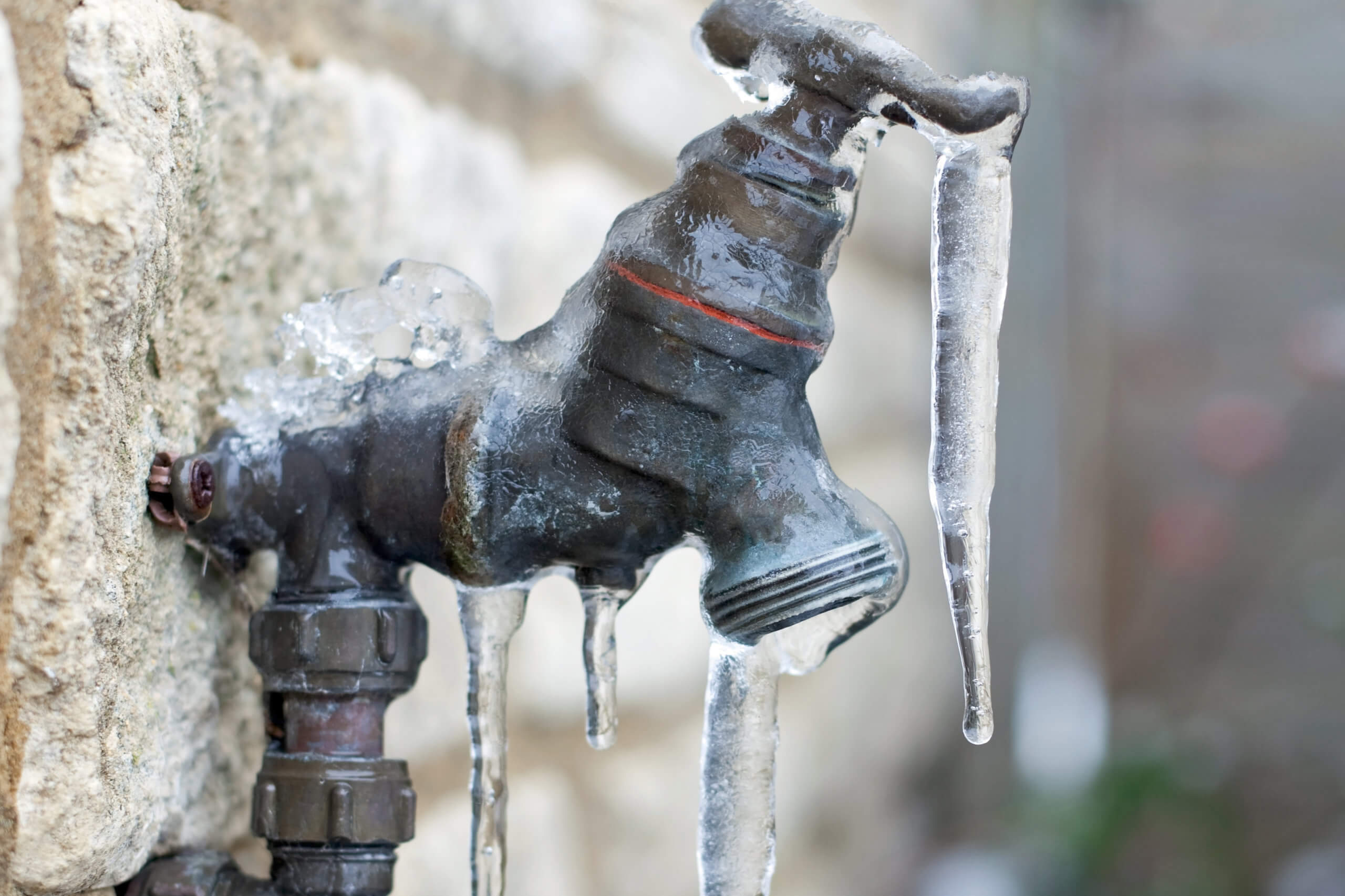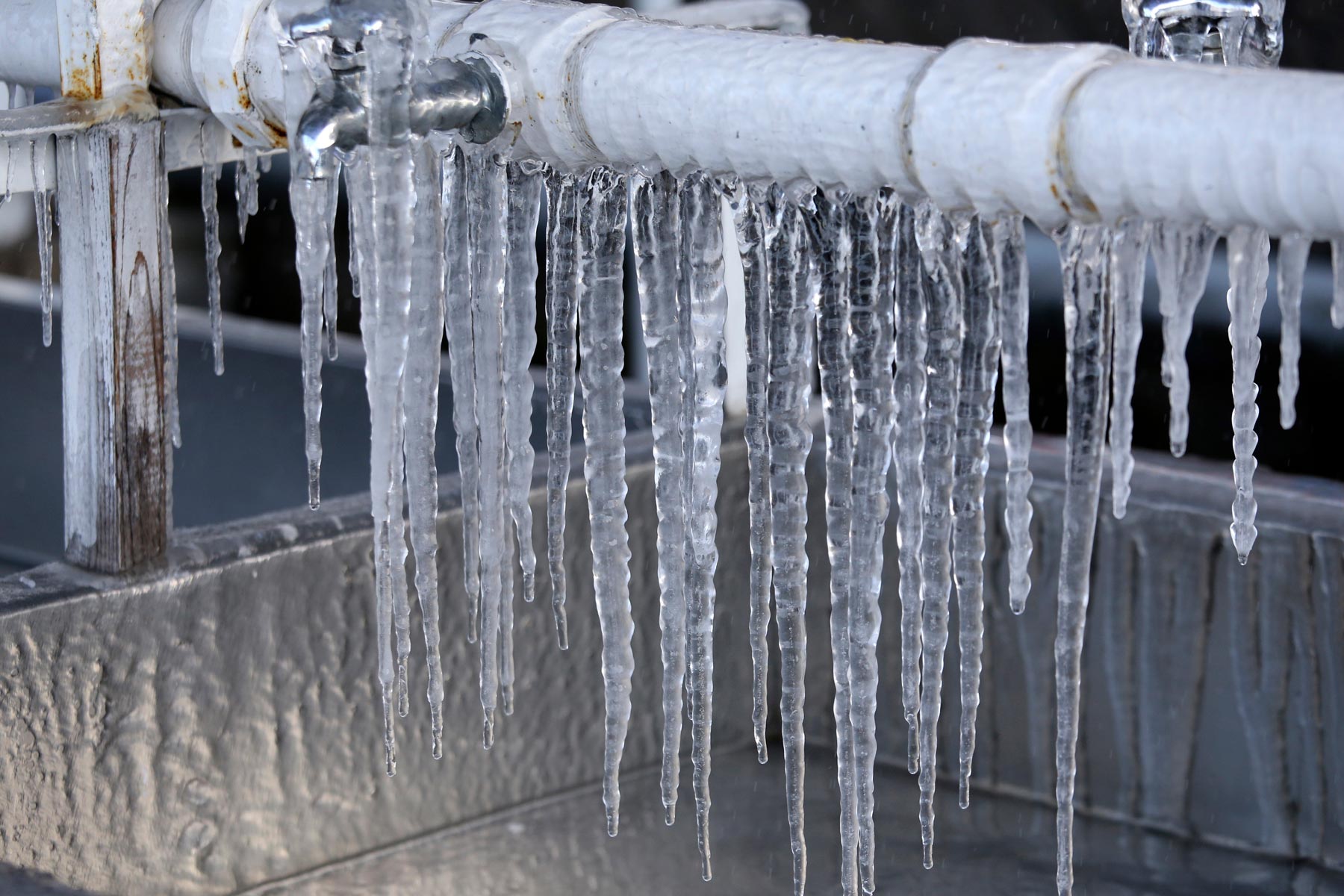How to Avoid Frozen Plumbing in Winter: Pro Advice
How to Avoid Frozen Plumbing in Winter: Pro Advice
Blog Article
This article listed below pertaining to Winter Plumbing Precautions: Preventing Frozen Pipes is incredibly informative. You should investigate for yourself.

Winter can ruin your pipes, especially by freezing pipelines. Below's exactly how to stop it from occurring and what to do if it does.
Intro
As temperatures decrease, the risk of frozen pipelines boosts, potentially causing pricey repair services and water damage. Recognizing just how to avoid frozen pipelines is essential for house owners in cold climates.
Recognizing Frozen Pipelines
What causes pipelines to ice up?
Pipes ice up when subjected to temperatures below 32 ° F (0 ° C) for expanded periods. As water inside the pipes freezes, it expands, taxing the pipe wall surfaces and potentially creating them to break.
Dangers and damages
Icy pipes can bring about water disturbances, property damage, and pricey fixings. Ruptured pipelines can flooding homes and trigger comprehensive architectural damages.
Indications of Frozen Pipeline
Determining icy pipes early can prevent them from bursting.
Exactly how to recognize icy pipelines
Seek reduced water circulation from faucets, unusual odors or noises from pipes, and visible frost on revealed pipelines.
Avoidance Tips
Insulating prone pipes
Wrap pipes in insulation sleeves or utilize heat tape to shield them from freezing temperature levels. Concentrate on pipes in unheated or external locations of the home.
Heating techniques
Maintain interior areas sufficiently heated, especially locations with pipes. Open closet doors to enable warm air to distribute around pipelines under sinks.
Protecting Outside Pipes
Garden pipes and outside faucets
Detach and drain pipes garden pipes prior to wintertime. Mount frost-proof faucets or cover outdoor faucets with protected caps.
What to Do If Your Pipes Freeze
Immediate activities to take
If you presume icy pipes, maintain faucets available to alleviate stress as the ice melts. Use a hairdryer or towels soaked in warm water to thaw pipelines slowly.
Long-Term Solutions
Architectural changes
Think about rerouting pipes far from outside walls or unheated locations. Add additional insulation to attic rooms, basements, and crawl spaces.
Updating insulation
Buy high-grade insulation for pipes, attic rooms, and walls. Proper insulation assists keep regular temperatures and lowers the risk of icy pipelines.
Conclusion
Stopping frozen pipelines needs aggressive steps and fast responses. By understanding the reasons, indicators, and preventive measures, homeowners can protect their plumbing during cold weather.
5 Ways to Prevent Frozen Pipes
Drain Outdoor Faucets and Disconnect Hoses
First, close the shut-off valve that controls the flow of water in the pipe to your outdoor faucet. Then, head outside to disconnect and drain your hose and open the outdoor faucet to allow the water to completely drain out of the line. Turn off the faucet when done. Finally, head back to the shut-off valve and drain the remaining water inside the pipe into a bucket or container. Additionally, if you have a home irrigation system, you should consider hiring an expert to clear the system of water each year.
Insulate Pipes
One of the best and most cost-effective methods for preventing frozen water pipes is to wrap your pipes with insulation. This is especially important for areas in your home that aren’t exposed to heat, such as an attic. We suggest using foam sleeves, which can typically be found at your local hardware store.
Keep Heat Running at 65
Your pipes are located inside your walls, and the temperature there is much colder than the rest of the house. To prevent your pipes from freezing, The Insurance Information Institute suggests that you keep your home heated to at least 65 degrees, even when traveling. You may want to invest in smart devices that can keep an eye on the temperature in your home while you’re away.
Leave Water Dripping
Moving water — even a small trickle — can prevent ice from forming inside your pipes. When freezing temps are imminent, start a drip of water from all faucets that serve exposed pipes. Leaving a few faucets running will also help relieve pressure inside the pipes and help prevent a rupture if the water inside freezes.
Open Cupboard Doors
Warm your kitchen and bathroom pipes by opening cupboards and vanities. You should also leave your interior doors ajar to help warm air circulate evenly throughout your home.

I was shown that write-up about How To Avoid Freezing Pipes through a good friend on our other web address. Sharing is nice. Helping others is fun. We love your readership.
Call Today Report this page